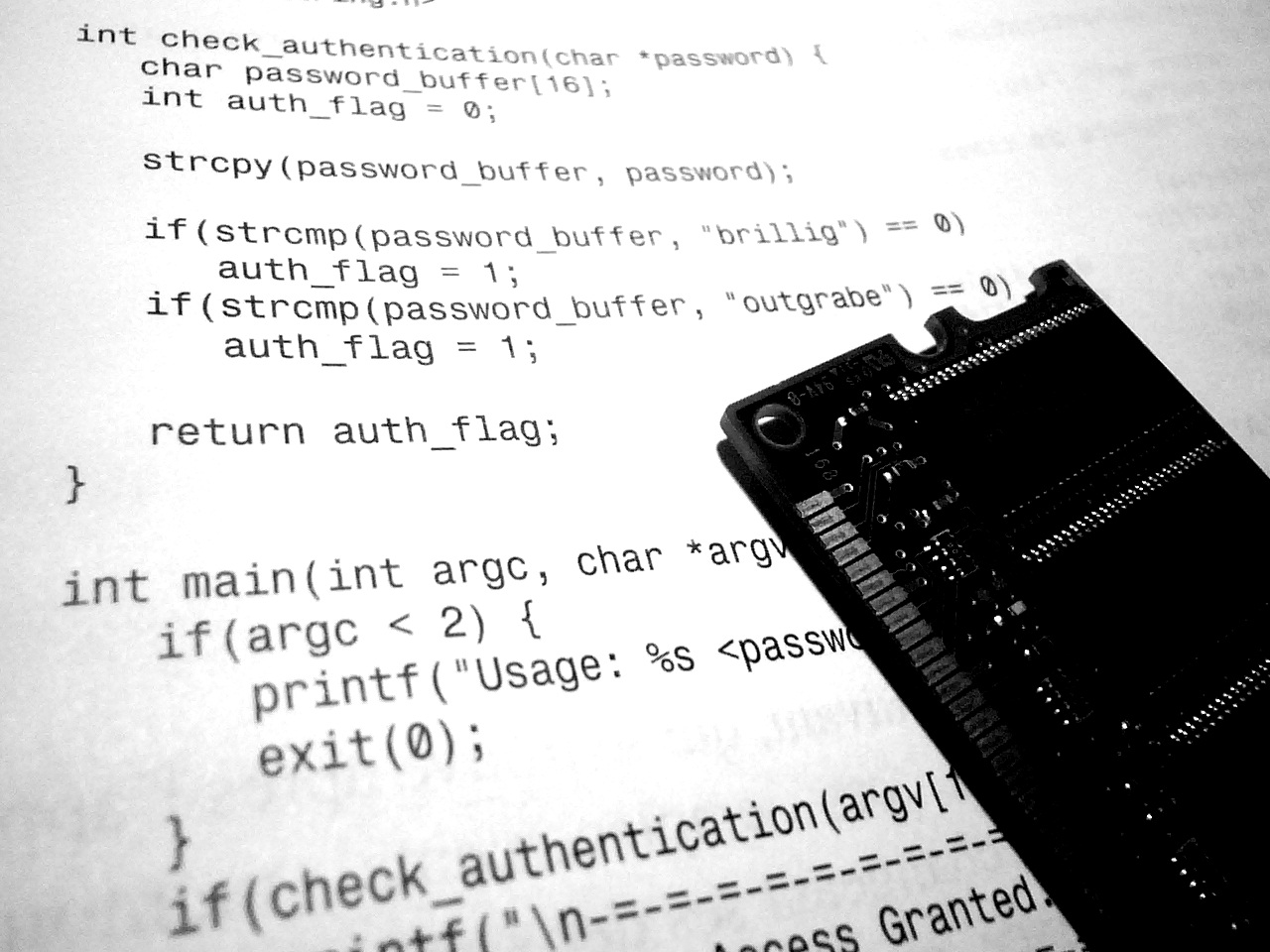As a Linux user at a large organization and stuck with Exchange as the back end e-mail environment, I unfortunately have to use Outlook quite often to communicate and view meeting invites and so on. For those who have used Outlook Web Access on Linux, you know that Chrome isn’t officially supported for the full experience, so I have to use a separately running copy of Firefox to get the full use out of OWA.
One thing I’ve always had trouble with was the HTML editor (WYSWIG) in OWA, both when trying to format an e-mail and also when trying to update my signature. It’s a vain cosmetic issue, and not one I spent much time on, but I wanted to share a somewhat interesting workaround I found to edit an HTML signature the “hard” way.
In Firefox, one of my favorite add-ons is Firebug. With Firebug, I can debug JavaScript issues, do CSS changes on the fly to see what a new design might look like (or delete an obnoxious overlay on a web site that is blocking content), and even geekier stuff like examine request/response headers when things are misbehaving.
One use of this I didn’t expect to work, but tried out for the hell of it was editing my signature in OWA. For the HTML/CSS purists out there, you might know that these kind of built in HTML editors inject all sorts of weird tags and markup into your pages and content.
Anyway, in OWA, I got to the E-mail Signature area, right clicked and select “Inspect Element in Firebug”, then was able to find the element, right click again, and selected “Edit HTML…”. Once in there, I found that I could completely specify my own HTML tags and inline CSS styles, without having to use OWA’s own built in editor. The most surprising part of it was that OWA didn’t mangle the HTML content I injected with the third party add-on (which seems dangerous from a security context).
So now I’ve got a cool new signature…
[mmoldva@office ~]$ whoami Matt Moldvan Systems Engineering Some Great Company, Corp. Personal: me@work Team: myteam@work




Donna Ryan on Facebook
Or, you know, you could just use Windows. Maybe run your Linux in a VM. Hyper-V comes with Windows, you know.
Donna Ryan on Facebook
Matthew Moldvan on Facebook
Maybe i’ll run a Win2012 Server instance in a KVM on my Linux box, then a Linux VM inside that… how deep does the rabbit hole go?
Matthew Moldvan on Facebook
Donna Ryan on Facebook
Matthew Moldvan With Server 2016, you can virtualize your Hypervisor layer, so as deep as you want to dig it.
Matthew Moldvan on Facebook
V2V
Missy Thomas on Facebook
you look very introspective in this photo lol